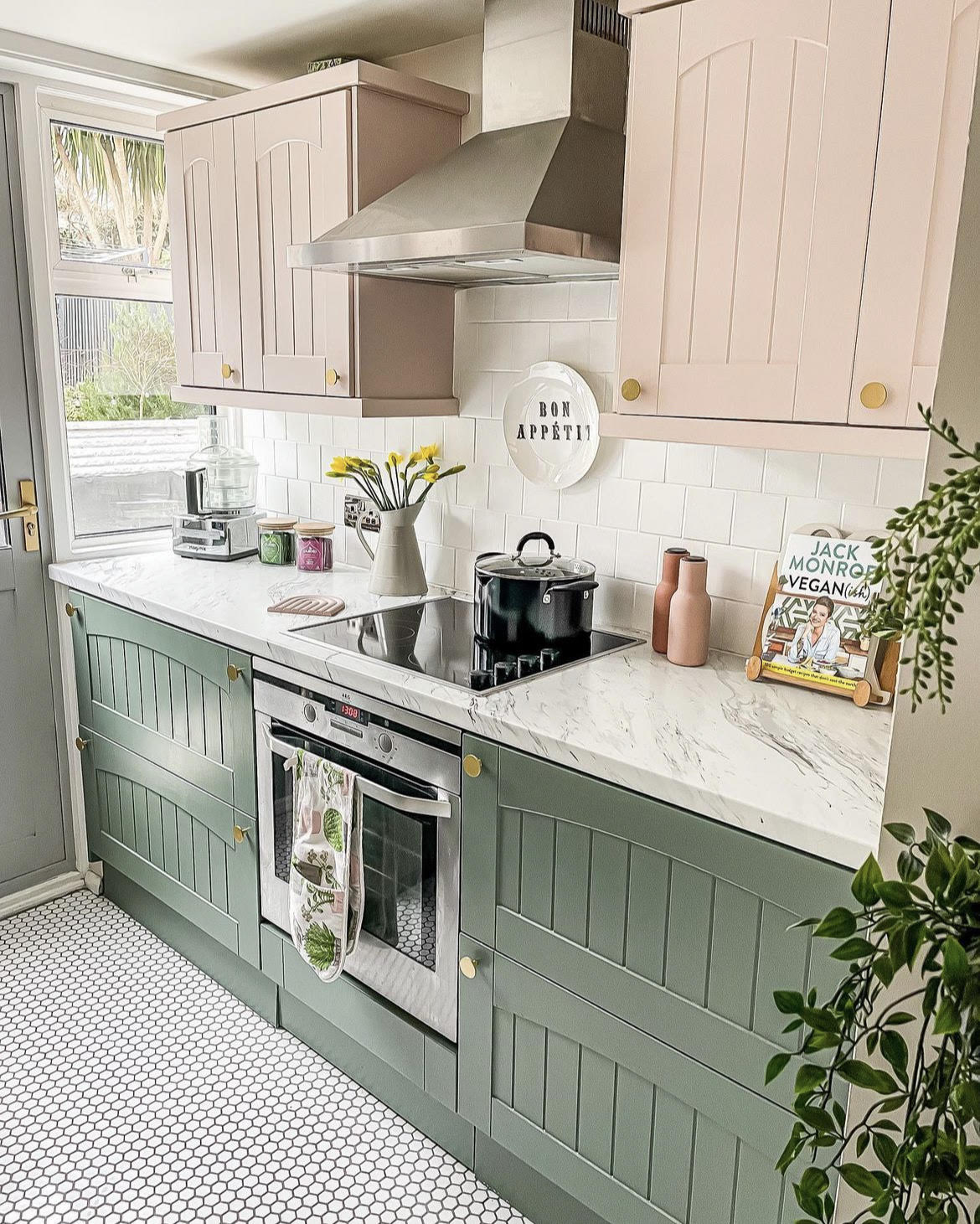
The heart of a home, the hub of culinary creativity, and a gathering place for family and friends – the kitchen has evolved from being a purely utilitarian space into a multifunctional area that embraces both functionality and aesthetics, especially through the innovative concept of kitchen extension. In this modern age of design, open concept kitchens with extensions have gained immense popularity for their ability to seamlessly blend these two essential aspects, transforming the way we experience our living spaces.
The Evolution Of Kitchen Design: From Closed To Open
Traditionally, kitchens were tucked away in a separate room, isolated from the rest of the house. This design was driven by the need to contain cooking odors, noise, and mess. However, as societal dynamics shifted and the kitchen transformed into a social space, homeowners and designers began to rethink this closed-off approach.
The open concept kitchen emerged as a response to these changing dynamics. By removing walls and barriers, designers discovered an opportunity to create fluid transitions between the kitchen, dining area, and living room. This integration not only facilitates the sharing of space but also encourages interaction among family members and guests, making the home feel more inviting and interconnected.
Functionality Redefined: Ergonomics And Efficiency
Open concept kitchens reimagine functionality by emphasizing ergonomics and efficiency. With the removal of walls, the layout becomes more flexible, allowing for better space utilization and streamlined workflows. The absence of physical barriers enables easy movement and direct sightlines, making it convenient for cooks to navigate between cooking, prepping, and interacting with others.
Moreover, the concept promotes a decluttered environment. Minimalism takes center stage, prompting homeowners to prioritize what’s truly essential in their kitchen spaces. Smart storage solutions become pivotal in maintaining the aesthetic appeal while keeping items organized and within reach. Cabinets, shelves, and drawers are strategically designed to seamlessly integrate into the overall design, ensuring a clean and uncluttered ambiance.
Aesthetic Harmony: Cohesive Design Elements
One of the most alluring aspects of open concept kitchens is their ability to merge aesthetics with functionality. The design continuity between the kitchen, dining, and living spaces creates a sense of unity and harmony throughout the home. Cohesive color palettes, materials, and design elements establish a visual flow that’s pleasing to the eye.
Natural light plays a crucial role in enhancing the aesthetic appeal of an open concept kitchen. Without the hindrance of walls, sunlight can permeate every corner, creating a bright and airy atmosphere. Large windows, skylights, and glass doors further amplify this effect, blurring the line between indoor and outdoor spaces.
Entertaining With Ease: The Social Kitchen
One of the most significant advantages of an open concept kitchen is its ability to facilitate social interactions. Whether you’re hosting a dinner party or simply catching up with family, the open design allows you to engage with your guests while preparing meals. No longer confined to the kitchen, the cook becomes an integral part of the conversation, eliminating the isolation often associated with traditional closed kitchens.
As a hub for socializing, the open concept kitchen encourages the integration of seating areas, kitchen islands, and breakfast bars. These design features not only offer additional dining options but also create natural gathering points that foster conversations and connections.
Challenges And Considerations
While open concept kitchens offer numerous benefits, they also present certain challenges. The absence of walls can lead to the spread of cooking aromas throughout the house, which might not be desirable in every scenario. Noise from kitchen activities can also travel more freely, potentially disrupting activities in adjoining spaces.
Additionally, maintaining a clean and organized appearance is crucial, as the lack of walls means that the kitchen is always on display. Storage solutions need to be carefully planned to avoid clutter, and regular cleaning is essential to uphold the inviting ambiance.
Open concept kitchens have transcended their functional origins to become a symbol of modern design that beautifully combines functionality and aesthetics. The removal of barriers fosters connectivity, enabling families and friends to interact seamlessly. With a focus on ergonomics, efficiency, and aesthetic harmony, these kitchens have transformed the way we experience our living spaces. As we continue to redefine our homes, the open concept kitchen remains an inspiring and versatile model that reflects the evolving nature of our lifestyles.
Post in collaboration